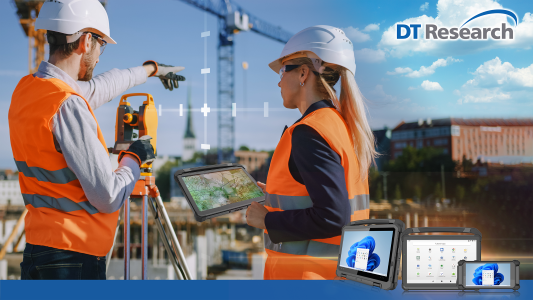
On October 14, 2025, Microsoft will officially end support for Windows 10. After this date, no more security updates, bug fixes, or technical support will be available. While Windows 10 IoT Enterprise editions will continue to be supported for several more years, standard Windows 10 users in healthcare face an urgent question: what comes next?
Continue reading “Windows 10 Support Ends in October 2025 – Is Your Facility Ready?”




